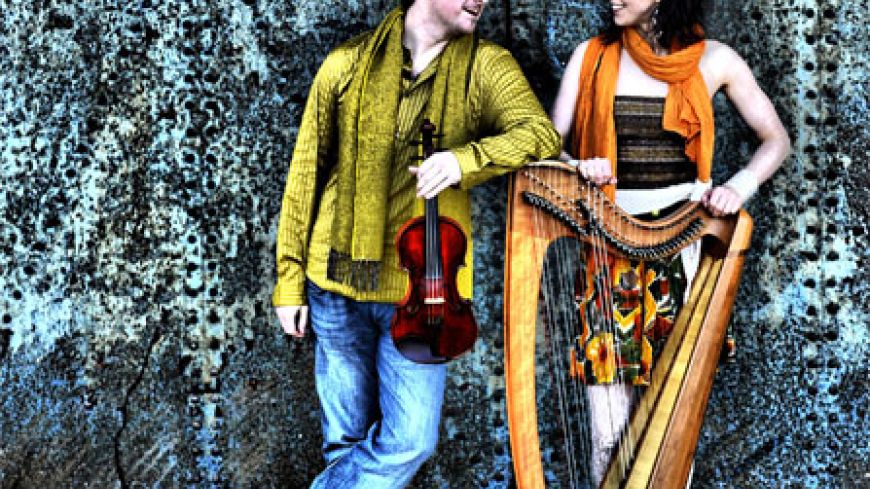
The clàrsach, or Scottish harp, is Scotland’s oldest traditional instrument. It has been in existence since pre-Christian times and is seen in carvings on Pictish stones. But its popularity diminished until it was merely a memory of Scottish culture kept alive in the writings of Sir Walter Scott. Fortunately two instruments remained - in the National Museum of Scotland.
In the past decade interest has grown rapidly and clàrsachs are being manufactured and played by young and old alike. The status of the clàrsach is now recognised by two recitals of its music in the St Andrew’s and S George’s West at Festival Time programme.
The first of the two recitals, or gigs as they are better known, really came to life when there was a slight delay to the start because we were told a clàrsach string had broken and had to be replaced. The same happened ten minutes into the gig and again apparently during the interval. All good fun.
Catriona McKay carried her clàrsach on and off the stage as if it was the weight of a feather. I found myself sitting beside a cellist from the Montreal Symphony Orchestra who had shared a flat years ago with Catriona McKay whilst they were studying at the Royal Northern College of Music in Manchester. Was a clàrsach heavier than a cello, I asked him. A tricky one, he replied, but thought a cello would be the lighter.
We heard a selection of music mostly written by themselves for fiddle and clàrsach. Furthermore, in Shetland culture there’s a story behind every composition and we were given the low down. Not surprisingly the wit that he is, Chris Stout had managed to get himself round the world playing his fiddle.
It was a privilege to hear two of the most talented fiddle and clàrsach players perform and one has the strong feeling that they will go from strength to strength.
Event: Monday 15 August 2011 at 7.30pm.
There is another Clàrsach, Scottish harp, event at the same venue on Wednesday 17 August 2011 at 7.30pm

